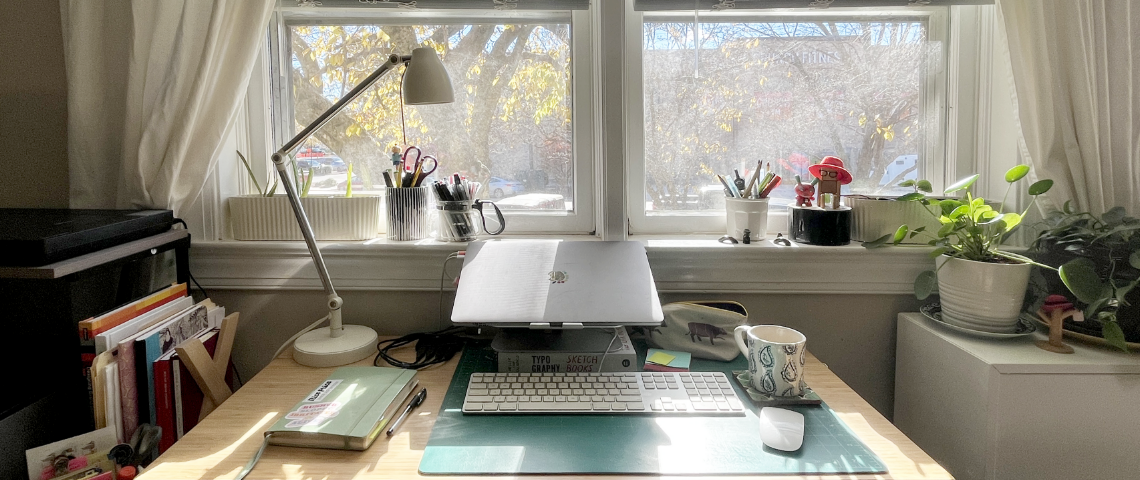
Creative Director, Brand Enablement / Raleigh, NC
I’m the creative director for the brand enablement team. We’re a team of designers and brand managers focused on developing and maintaining our brand standards and all the resources designers and Red Hatters use to create on-brand experiences.
Coffee, a walk with my dog, and upbeat music in my headphones.
I’ve always loved the open source principles of “share early, share often.” I like creating opportunities for my team to share in-progress work with each other, so they can talk through ideas and challenges before anything is too solidified to change.
There’s also an open source ethos at the heart of how we think about building our brand—branding can be a very top-down discipline, but we focus less on being approvers and “brand police” and more on giving Red Hatters the tools to solve problems in an on-brand away, on their own. This extends beyond just Red Hatters, too — we share our brand standards publicly, so our agencies and partners have the same info and insight our teams have.
So many of the things I and my team work on will be used by other teams, so it’s important to make sure we understand the problems they face and how our work can help them use our brand to create better design, and for them to feel involved in the process so that they’re invested in the tools we create and understand how to use them. This can take a lot of forms, depending on the project — from a survey or a workshop to gather info, to a cross-functional team that works on the project end-to-end.
Design is about people—we design for people, of course, but we as designers are also people, with specific sets of experiences (and blind spots). There’s no way to know what you don’t know or what you’re missing until you share your ideas with people who are different from you, and really listen to what they have to say. They might not always have the answers, but they almost always have new and different questions. Working through those questions is how you make your design better (and more inclusive!).
I like to tell my team that our goal when we’re writing guidelines or creating systems is to make the easy thing and the right thing the same thing. By “right thing,” I usually mean “on-brand thing,” but that approach has the potential to infuse better accessibility into our experience, too. Because so many different teams use the systems and tools we create, if we make changes that improve the accessibility of what we make, those changes get inherited down the line to all our experiences.
Open design means letting people see the “sausage” get made, but not just that—you also have to hand the sausage over so they can make sauce or biscuits or whatever, and let them know the tools and recipe are there, too, if they need them.
The traditional idea of design it’s something mysterious owned by the designer, and the mystery is what makes the designer valuable. Open design takes that idea apart, and I think it actually broadens the scope of what the designer does. Instead of designing individual things, you’re designing systems that (hopefully) balance structure and flexibility well enough that they can respond to whatever gets thrown at them.